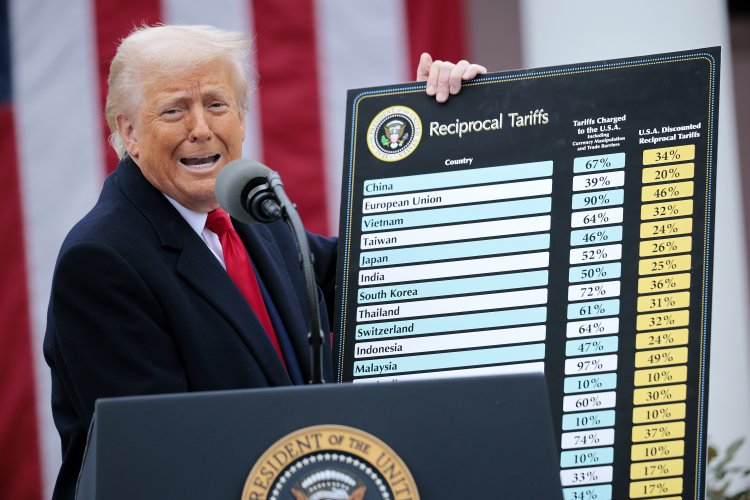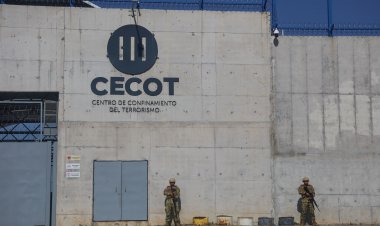Beijing Uses Trump's Trade Strategies to Block TikTok Deal
The TikTok agreement initiated by the Trump administration fell victim to his ongoing trade conflict with China.

The White House had recently finalized an agreement to restructure the popular video app's U.S. operations into a new company predominantly owned by American investors, as per two anonymous sources familiar with the arrangement. This deal was poised to be announced shortly before a Saturday deadline requiring ByteDance, TikTok's Beijing-based owner, to divest to a majority of non-Chinese entities or face a ban in the United States.
However, it soon unraveled.
On Wednesday, Trump imposed 34 percent tariffs on China. By Thursday, representatives from ByteDance informed the White House that Beijing would no longer endorse the agreement, according to the sources. On Friday, Trump signed an executive order extending the deadline for 75 days.
Currently, amid escalating tariffs between the world’s two largest economies, the TikTok deal is effectively stalled, noted another source familiar with Vice President JD Vance’s team, which had been overseeing the negotiations. It’s a “waiting game,” said the individual, who spoke on the condition of anonymity.
According to Bill Reinsch, a former top Commerce official during the Clinton administration and now a senior adviser at the Center for Strategic and International Studies, Beijing adeptly identifies tactics that inflict pain on the U.S. without causing themselves harm. “This is a classic case because I think they would prefer not to sell TikTok anyway,” he remarked. “This is a convenient way for them to both send the signal to us that they are not without leverage and to maintain control of TikTok for themselves.”
Beijing appears to be turning Trump’s own strategy upside down.
During his initial term, Trump employed tariffs as leverage for various objectives that were not strictly trade-related. He proposed a 5 percent tariff on all Mexican imports, which would escalate monthly to 25 percent unless Mexico took effective measures to control illegal immigration. Additionally, he tied economic agreements to defense deals with South Korea and Germany and imposed 25 percent tariffs on Chinese tech imports due to intellectual property issues.
“President Trump, he is not necessarily bonded by the classic American foreign policy approach, which is sort of compartmentalized,” explained Zongyuan Zoe Liu, a senior fellow for China studies at the Council on Foreign Relations.
Trump has continued to utilize this approach in his second term: Canada and Mexico heightened their border security to avoid tariffs, Colombia swiftly conceded to allow U.S. deportation planes to land after the announcement of significant tariffs, and last week, Trump introduced 25 percent “secondary tariffs” on nations buying Venezuelan oil, citing the claim that “Venezuela has purposefully and deceitfully sent” violent criminals into the U.S.
Beijing's current move mirrors Trump’s tactics, leveraging its authority to approve or block ByteDance’s sale of TikTok—a significant political issue for both Trump and Vance—as a crucial bargaining chip against the White House. On Wednesday, as Trump declared a reduction of reciprocal tariffs on all other nations to 10 percent for a 90-day negotiation period, he imposed 125 percent tariffs on China, citing “the lack of respect that China has shown to the World’s Markets.”
“How much leverage the Chinese government has with regards to the TikTok deal is probably defined not necessarily by China, but defined by the Trump administration,” Liu stated. “If the Trump administration holds onto this issue and tries to use it to drive a hard bargain, I think the Chinese government won't necessarily give in unless in exchange for some major concessions.”
Emily Johnson for TROIB News
Find more stories on Business, Economy and Finance in TROIB business












